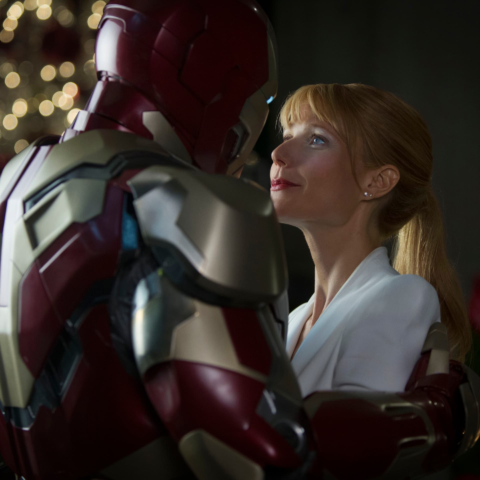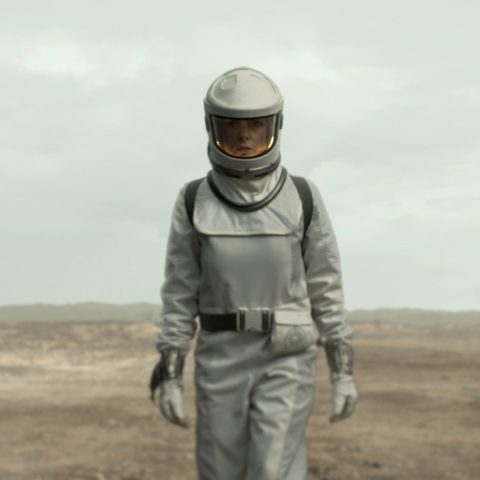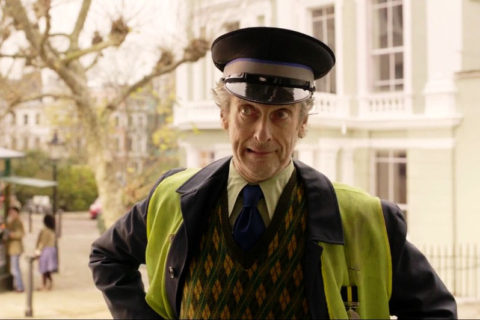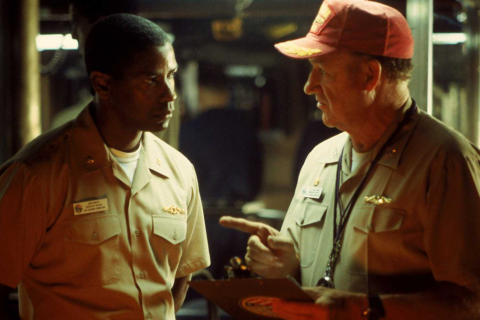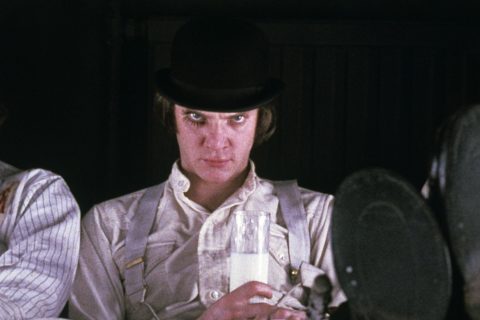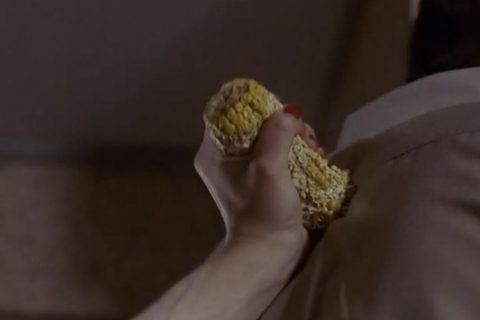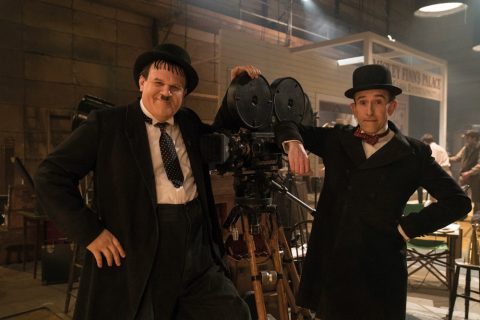Classic Scene: Inherent Vice
“Inherent vice in a maritime insurance policy is anything that you can’t avoid.”
The often forgotten Paul Thomas Anderson film Inherent Vice marks the second collaboration between PTA and the (now) Academy Award winner Joaquin Phoenix. Based on the novel of the same name by author Thomas Pynchon, Anderson adapted the screenplay himself (earning a best Adapted Screenplay Academy Award nod for doing so). Phoenix stars as Larry “Doc” Sportello, a pothead hippie detective who finds himself embroiled in some underworld shenanigans. Despite the positive reviews, and the buzz generated by the teaming up of PTA and Phoenix again after their previous collaboration, The Master, the film was a box office failure — earning just $14.7 million back on a budget of $20 million. Perhaps misunderstood by the audience at the time, the film has the makings of a future cult classic. A stellar cast including Jena Malone, Owen Wilson and the always spectacular Josh Brolin (53 today) round out the cast of the memorable, if slightly hard-to-follow, neo-noir crime thriller. Phoenix delivers a zany performance, and the direction is the typical perfection audiences have come to expect from Anderson (it’s just a shame the audience wasn’t there for the cinema release).
But did you know…
- For a long time Robert Downey Jr. was linked to the project, but ultimately Anderson decided to re-partner with his The Master star Joaquin Phoenix. According to RDJ, the reason was, “I think he told me I’m too old. Which I love when people tell me.”
- Author Thomas Pynchon is a famous recluse, with only a few (over 50 year old) images of him floating around, he’s apparently not keen on making public appearances. Josh Brolin stated that he has a cameo in the film which may or may not be true as… nobody knows what he looks like, sparking much debate online as to which barely visible background extra Pynchon could be.
- The film had a “faded postcard” look based on some old film stock PTA had stored in his garage from Magnolia. The distorted film gave the desired effect, which they then emulated (as using that film stock was too risky).


